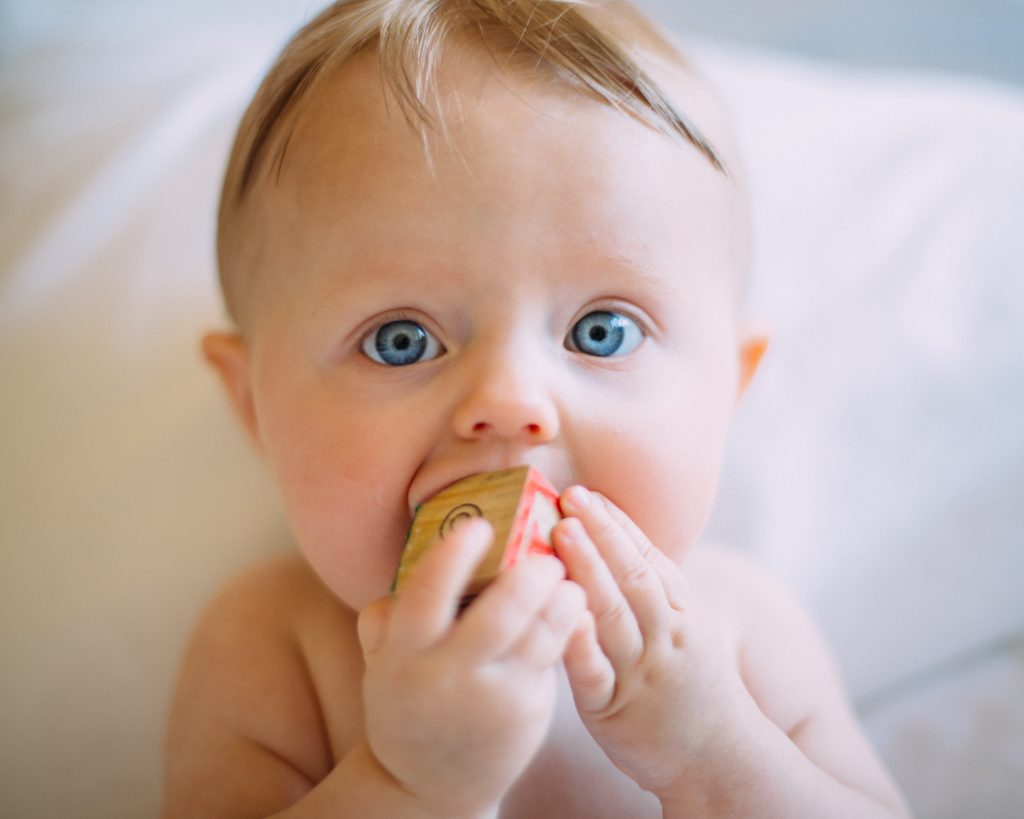This post is also available in Dutch.
This blog is part of this year’s summer series called Brain basics, in which we dive into the general functions and development of our brains.
The brain’s window of opportunity
The ‘first thousand days’. Researchers, media, NGO’s and other instances working on child welfare, they all agree: the first thousand days of life – the period from conception to the second birthday – are of extreme importance. UNICEF refers to those days as “the brain’s window of opportunity”, as it this temporal window is characterized by rapid rates of brain development and high plasticity. The brain undergoes fast and flexible changes in response to the environment.
A flourishing network
The brain starts to develop early during pregnancy, when the embryo is three to four weeks old. From this moment on, hundreds of millions of brain cells are generated every day. At birth, all these cells have reached their final position, resulting in an adult-like shape of the brain. However, the brain is not fully developed yet: the baby brain is much smaller than the adult brain and less specialized.
While the brain starts to form connections between brain cells during pregnancy, 80% emerge after birth. Especially in the first year of life, billions of connections are formed and strengthened over time. This explains why the brain’s weight triples during this period. These acquired connections are essential for establishing experiences and learning new skills and bits of knowledge. For example, the ability to name objects requires the areas involved in visual processing (being able to see the object) to communicate with the ones involved in language. This way, pieces of information are associated and integrated across multiple senses.
Experience shapes the brain: create, refine, cut
The brain is extremely efficient at creating and refining connections by strengthening those that are important and cutting connections that are less essential. Which connections stay and which are cut off depends on experience. For example, newborns are extremely good at distinguishing sounds from all languages. But after being highly exposed to one in particular, babies get specialized in that particular language and lose the ability to easily hear differences between foreign language sounds. Use it or lose it!
Curious babies
With recent technological advances such as eye-tracking, we are able to study the mental processes that are involved in learning more precisely. We have learned that infants as young as 6-month-old already perform memory tasks. When repeatedly provided with an object, baby’s attention towards that object declines over time, a process called habituation. Moreover, when presented with a new object, the baby preferred looking at the unknown object, showing that it can distinguish the new object from the old one.
We have also learned that babies are curious: They tend to pay more attention to the things they can extract information from and look away as there is nothing left to learn. Our team at the Baby and Child Research Center has recently discovered that this mechanism has a positive influence on later cognitive functioning.
Babies are not simply small versions of adults. The brain grows rapidly in the first period of life. It is extremely plastic and sensitive to early life experiences. Therefore, it provides a capacity to learn that is unique and limited in time. In that sense, babies are tiny learning machines!
In the upcoming blogs of this series we’ll dive further into the anatomy, the development and the different functions of our brains.
Author: Eline de Boer
Buddy: Kim Beneyton
Editor: Helena Olraun
Translation: Eline de Boer
Editor translation: Maartje Koot
Beeld van Colin Maynard via Unsplash
